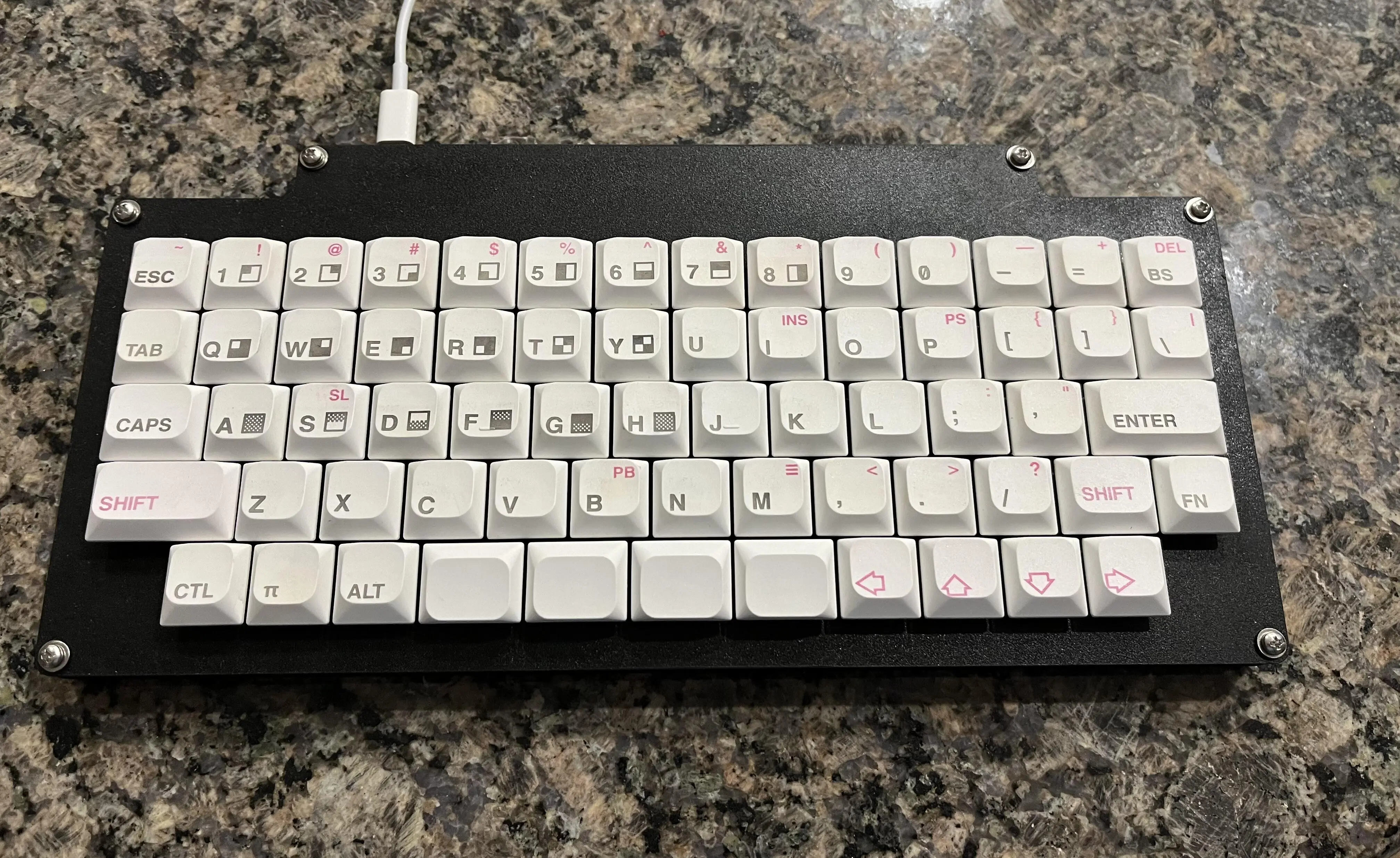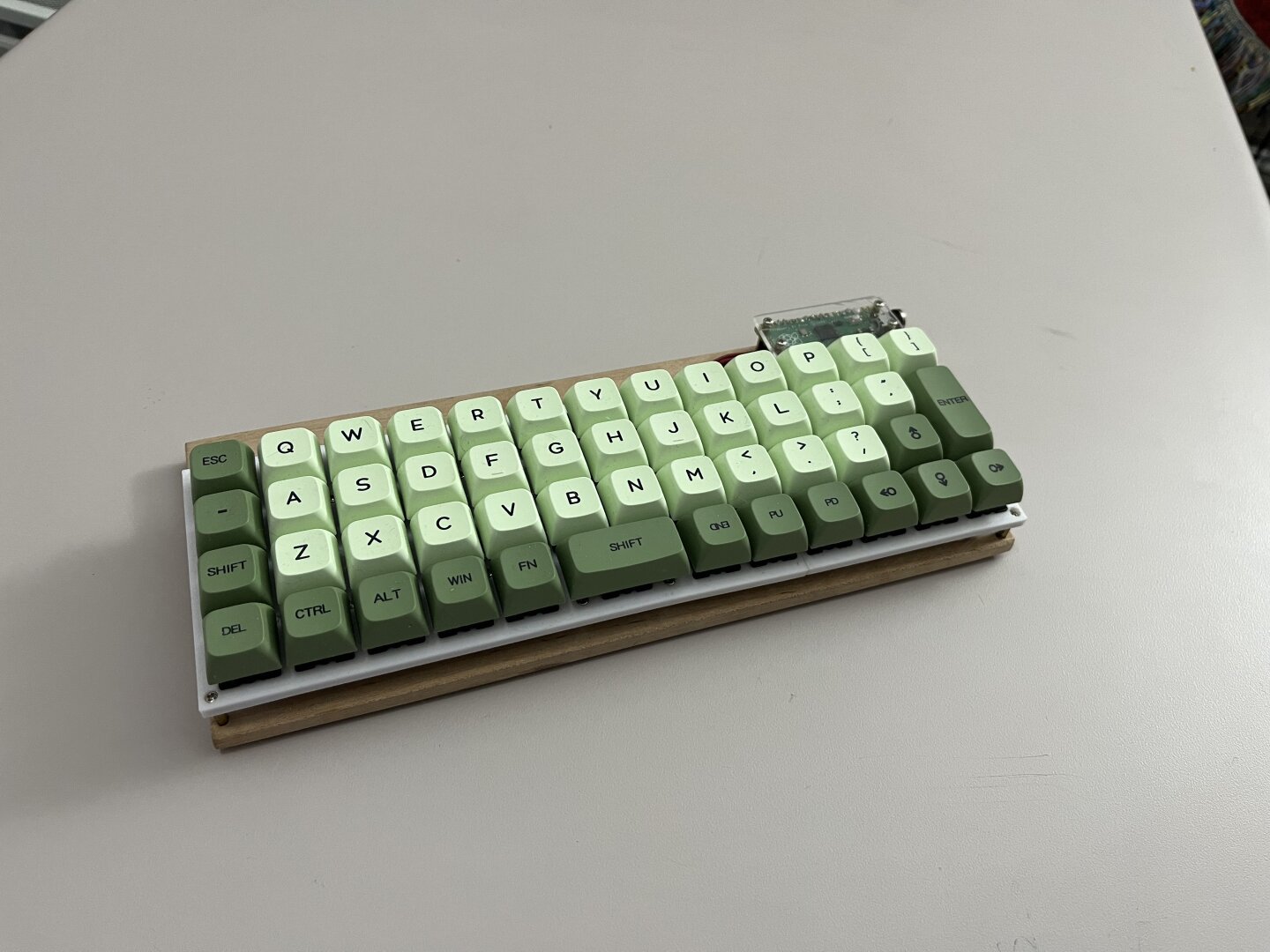

The very specific combination might not have been done, but full size PCBs are out there, especially as replacements for vintage boards. If you don’t mind ISO and only a row of LEDs rather than per-key, there’s THIS, which seems to have Bluetooth. They seem to have made some interesting choices with the numpad as well, which is for the most part NOT electrically distinct from the numrow.
There’s also this collection, which might send you in the right direction. If you can do some coding in QMK/ZMK, you might be able to make one of the BLE enabled Pro Micro clones work.






Get any QMK board with enough keys and the other features you need, particularly if its got a VIA/VIAL config. It’s inherently programmable (literally every key) and cross-platform. The “easy” answer here would be a Keychron, but there are others.
If you can drop in size just a touch, where you still have a numpad but a small number of keys are moved, removed, or resized, then there are many enthusiast and near-enthusiast boards with “96%” or “1800” layouts, the main difference being whether the arrows, F-row, and numpad are fully compacted into a rectangle or slightly separated to guide your hands.